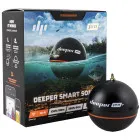Gravel Pit Pike Fishing Guide - Phil Spinks

Maybe it’s an age thing but gravel pit pike fishing is a style of pike fishing that has become more and more appealing to me in recent years. Sitting behind static deadbaits while relaxing in a nice comfy chair ticks all the right boxes for me, at times.
In truth, there is a bit more to think about when it comes to targeting gravel pit pike, its not quite as straight forward as casting out three deadbaits and sitting in your chair.
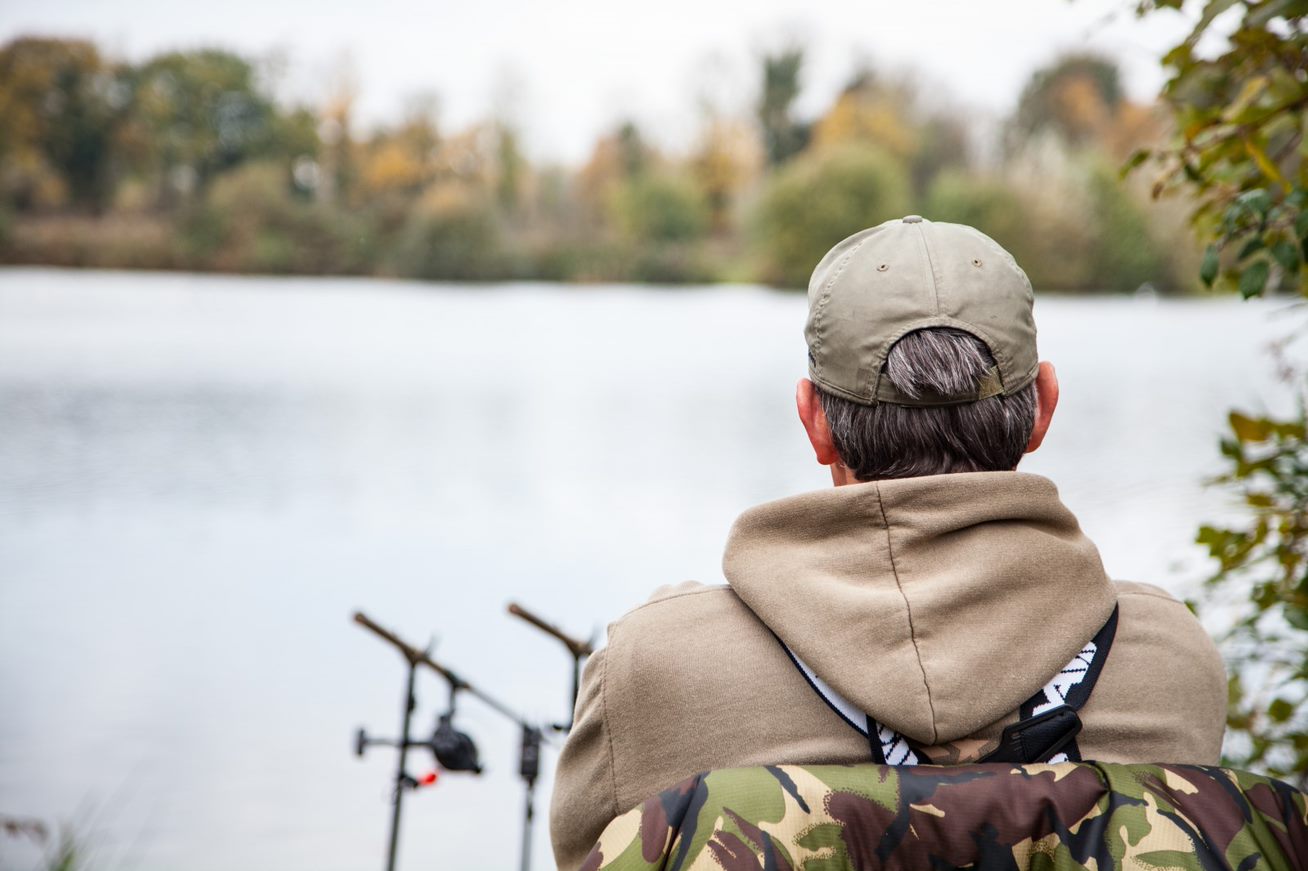
Location
Location, like in all disciplines of fishing, is especially important, probably even more so when it comes to gravel pit pike fishing. In my experience 90% of the pike can often be in 10% of the lake.
If you have prior knowledge of the venue from fishing for other species in the warmer months this can be a huge head start. Deep gullies have been very productive for me over the years.
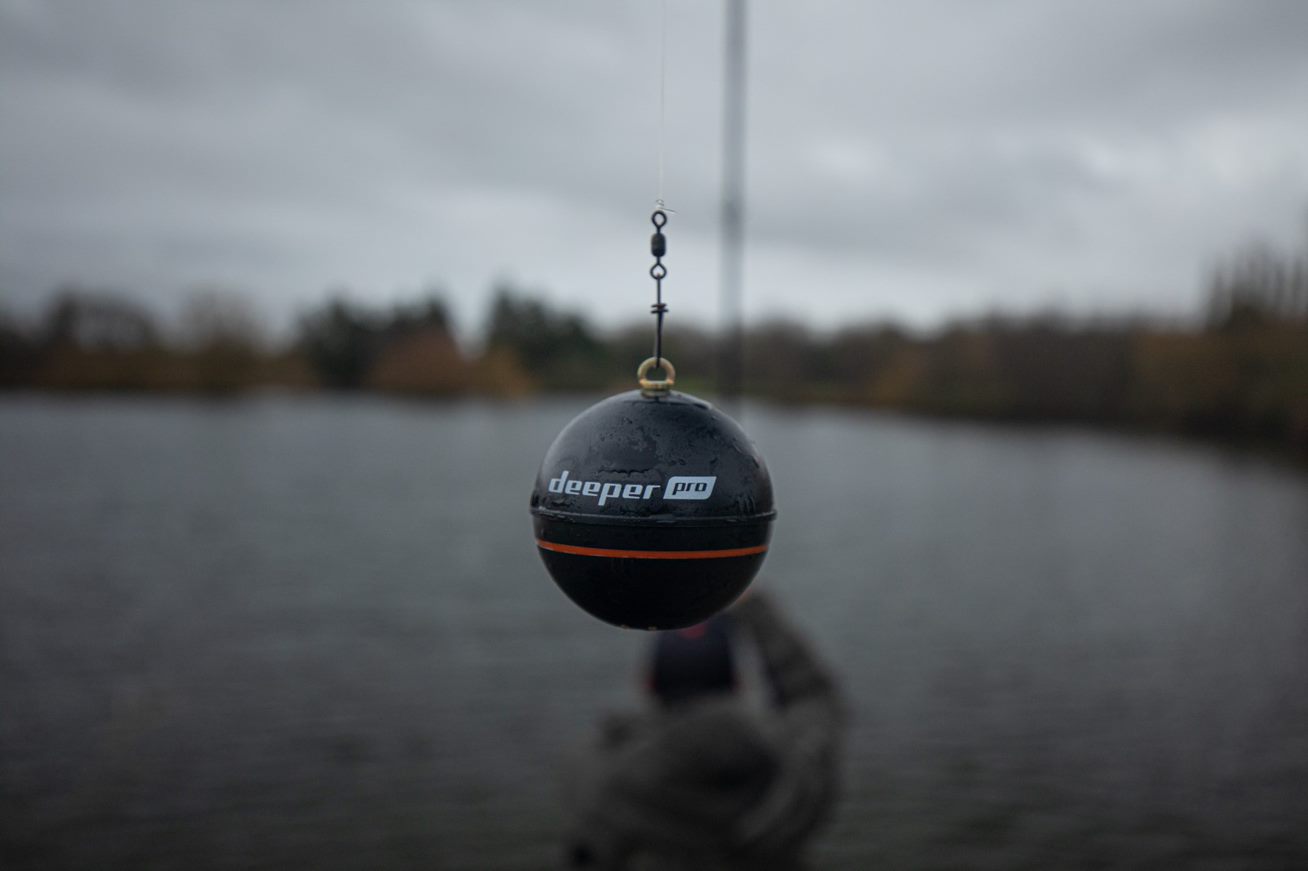
These can be found by either using a traditional marker rod set up, or a quicker, easier and contemporary solution - a Deeper Fish Finder.
Don’t ignore the margins either, they have been very productive for me just into dark. Think about it, at the end of a session a pike angler will take their bait off the hooks and throw it in the edge, the pike have become accustomed to these habits.
“Finding the bait fish is often the key. One of the simplest ways of doing this is watching the grebes work a lake.”
The grebes will soon give away the location of any shoals of small fish. Roach and other small fish will normally roll on the surface at dawn and dusk giving away their location too. Casting a Deeper Fish Finder is a time-saving alternative here, if you are on a tight schedule.
Tackle
Having tackle that is fit for purpose is of the upmost importance. I favour 12 foot 3.5lb test curve rods because most of my gravel pit fishing is ledgering with large deadbaits and heavy leads.
I prefer to use big pit reels loaded with 60lb braid - if fishery rules allow – otherwise, 15lb or 20lb mono. If you snap your line while connected to a pike there’s a strong chance the pike will not survive that’s why strong tackle is so important.
Other important tackle items:
-A large 42” landing net
-Adequately sized unhooking mat
-Unhooking tools; long nose pliers, forceps, and side cutters.
Rigs
As I mentioned ledgering is my first choice. A simple running ledger rig with a 3-4oz lead on a buoyant ledger stem, combined with a wire trace of approximately 2 feet long. Either size 4 or 6 semi barbed hooks depending on the size of my deadbait. This is fished in conjunction with a drop of style bite indicator.
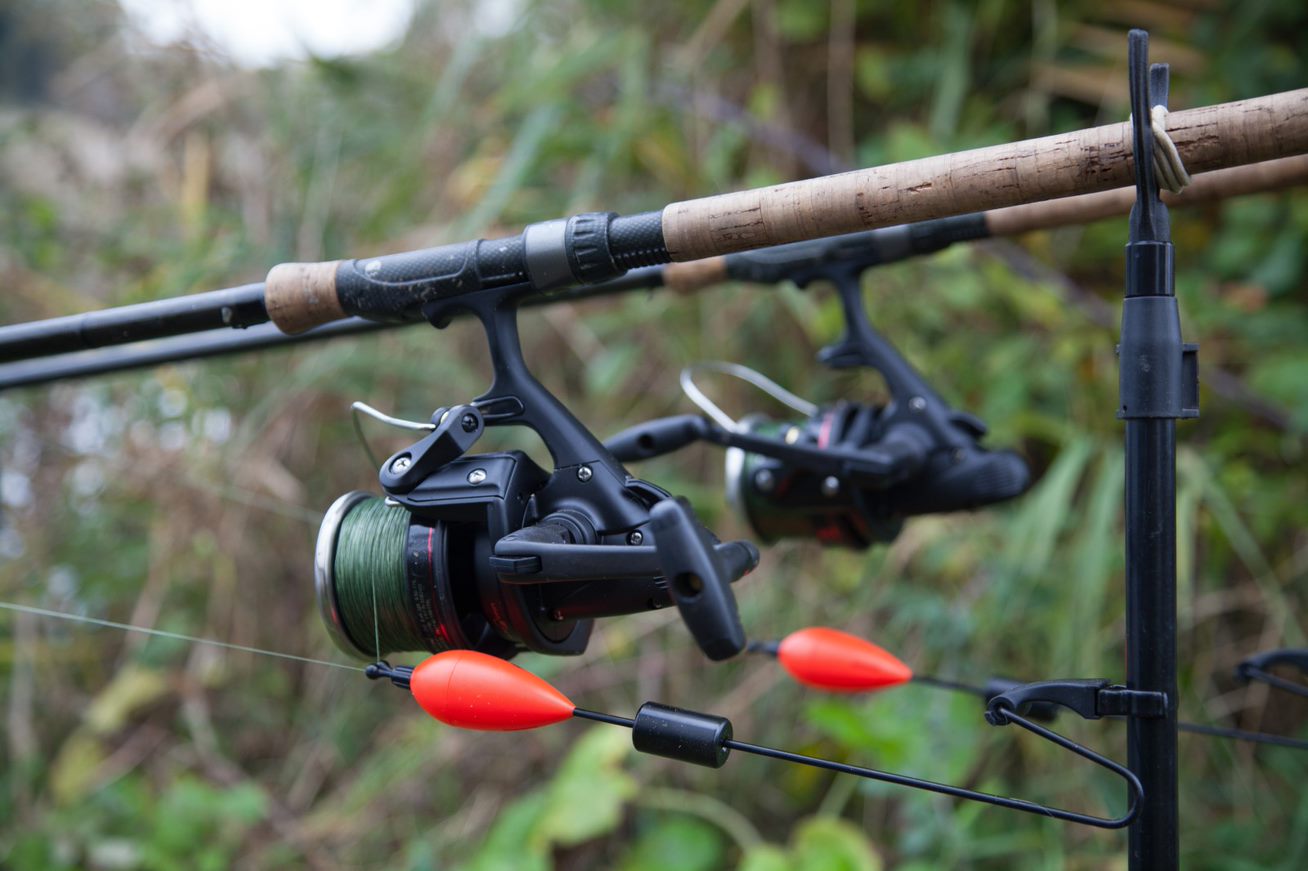
If I'm fishing close to the bank, I prefer a simple float set up as I feel it offers better bait presentation in the margins.
Bait
One of my biggest tips for pike fishing is use top quality bait. I feel I've become a much better deadbait angler in recent years. I’m not obsessed with catching huge numbers of pike, I'm happy to sit it out and wait for bigger fish. Being patient behind static deadbaits has definitely put more big pike in my net over the years.
“Buy good quality baits, as fresh as you can get. I bulk buy most of my deadbaits and have a vacuum packer to keep them in top condition, in the freezer.”
Many of the companies producing pike deadbaits provide good quality baits, already vacuum packed and blast frozen to ensure they are super fresh. I’m not saying a pike won't pick up an older freezer burnt bait, but having top quality bait can be the difference between one bite in a day or ten bites.
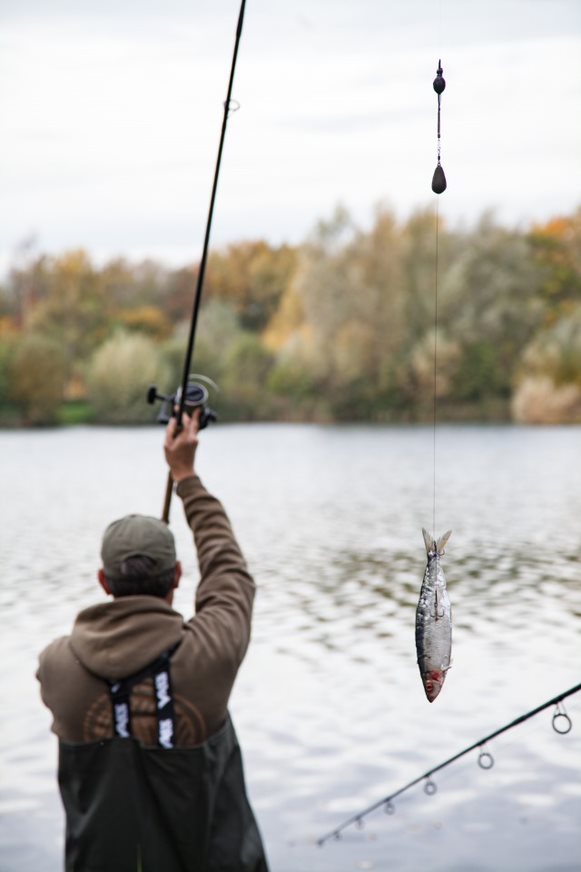
Handling
I’ve said this a lot over the years, but it is very important, if you are new to pike fishing its best to go with someone that is experienced with handling pike on your first few trips, whilst you learn the ropes.
There’s no shame in using a pike handling glove to help build your confidence, just be mindful of damaging the gill rakers when holding pike with a glove.
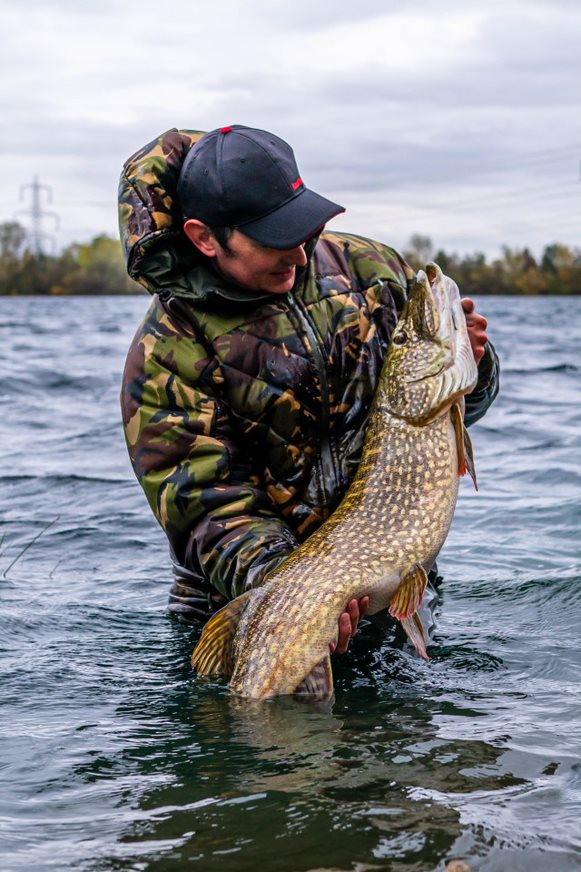
Now that you are up to speed on what to do, its time to cast the deadbaits out, set the alarms, relax in your comfy chair, and watch this helpful video on ADTV which explains the basics of unhooking pike.
Tight lines,
Phil
